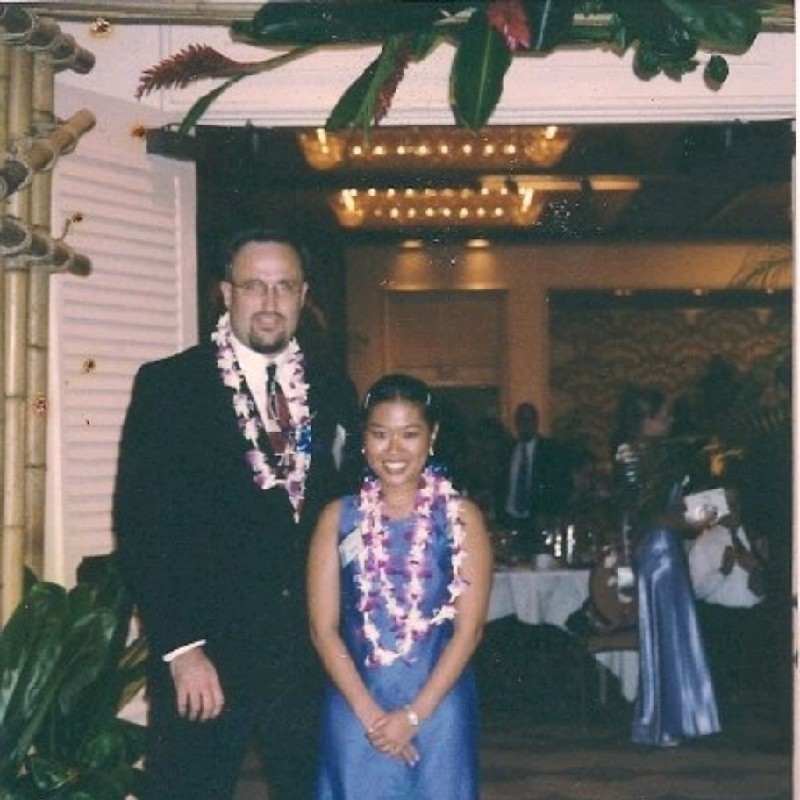MBA 530 Communication Strategy for Adaptive Leadership Toolkit for a Prosthetics Company
In an industry as impactful and dynamic as prosthetics, leadership is pivotal to driving sustained success and innovation. At [Company Name], we understand the critical role that effective leadership development plays in maintaining our competitive edge and fostering an inclusive, engaging workplace culture. Recently, our employee engagement survey unveiled both strengths and areas for improvement in leadership practices, with a specific focus on social intelligence, emotional intelligence, and interpersonal skills.
Given these insights, we have embarked on an initiative to bolster our leadership capabilities through the Adaptive Leadership Toolkit. This toolkit is designed to equip our leaders with the necessary skills to adapt and thrive in an ever-changing market landscape, particularly as we venture into Canadian markets in the coming years. The toolkit has been met with enthusiasm by our CHRO and is poised for rollout across our organization.
Understanding the Importance of Adaptive Leadership
Adaptive Leadership is a crucial competency for navigating complex business environments. In the context of our prosthetics company, adaptive leadership means being able to manage the nuances of a highly technical industry while remaining attuned to the emotional and social needs of our diverse workforce. This involves not only reacting to immediate challenges but also anticipating future trends and adapting strategies accordingly.
Investing in leadership development through our Adaptive Leadership Toolkit will empower our leaders to:
- Enhance their social intelligence by building stronger relationships within their teams and across the organization.
- Improve emotional intelligence, fostering an environment where empathy and understanding drive collaboration and innovation.
- Develop interpersonal skills that encourage open communication, conflict resolution, and team cohesion.
Developing a Communication Strategy for Toolkit Rollout
For successful implementation of the Adaptive Leadership Toolkit, a well-crafted communication strategy is essential. Here’s how we plan to engage and educate our leaders about this pivotal resource:
1. Pre-Rollout Engagement
- Informative Announcement: Start with an email from the CHRO introducing the toolkit, its objectives, and its anticipated impact on leadership development and organizational growth.
- Leadership Meetings: Conduct virtual or in-person meetings with supervisors and above to outline the toolkit’s components and benefits, offering a platform for initial feedback and questions.
2. Launch and Training
- Interactive Workshops: Host a series of hands-on workshops that allow leaders to explore the toolkit’s resources and apply them to real-world scenarios. These workshops should emphasize adaptive leadership principles and their application in our industry.
- Online Resources: Provide access to a dedicated online portal where leaders can find the toolkit, engage in discussion forums, and access additional learning materials and case studies.
3. Ongoing Support and Engagement
- Regular Check-Ins: Schedule regular follow-up meetings to discuss progress, challenges, and insights gained from using the toolkit. This ongoing dialogue will help ensure the toolkit remains relevant and useful.
- Feedback Mechanisms: Implement a system for gathering continuous feedback from leaders using the toolkit. This feedback will be invaluable for making iterative improvements and keeping the content aligned with evolving business needs.
4. Celebrating Success
- Highlighting Success Stories: Share success stories and testimonials from leaders who have effectively utilized the toolkit to overcome challenges or drive team success. These narratives will inspire others and highlight the toolkit’s value.
- Recognition Programs: Establish recognition programs for leaders who demonstrate exemplary adaptive leadership capabilities, reinforcing the positive impact of the toolkit and encouraging broader adoption.
Conclusion
Rolling out the Adaptive Leadership Toolkit is a significant step toward strengthening leadership development and supporting our company’s strategic objectives. By investing in our leaders’ growth, we are paving the way for continued excellence in the prosthetics industry and preparing for expansion into new markets.
We encourage all leaders to actively engage with the toolkit and leverage it as a resource for personal and professional development. For those interested in learning more about the toolkit and its potential impact, we invite you to book a session with our leadership development team.




